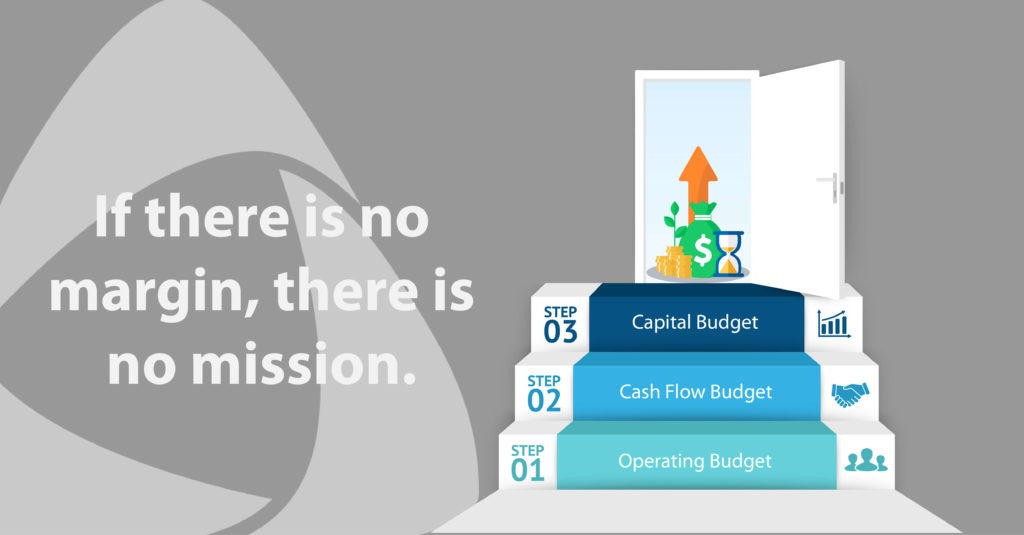AAFCPAs Managed Accounting Solutions Practice Recommends Three Strategic Budgets for Nonprofits
 It can be tempting for finance teams and executive leadership of nonprofits to focus mostly on near-term strategy. However, in order to ensure sustainability, AAFCPAs advises nonprofits to broaden the scope of their financial planning process to address the challenges of the current economic and funding landscape, and to ensure sustainability in the long-term. We encourage clients to consider short and long-term strategies, and to develop three distinct but complementary budgets: Operating, Cash Flow, and Capital.
It can be tempting for finance teams and executive leadership of nonprofits to focus mostly on near-term strategy. However, in order to ensure sustainability, AAFCPAs advises nonprofits to broaden the scope of their financial planning process to address the challenges of the current economic and funding landscape, and to ensure sustainability in the long-term. We encourage clients to consider short and long-term strategies, and to develop three distinct but complementary budgets: Operating, Cash Flow, and Capital.
Operating Budget
The operating budget is a key tool in effectively and efficiently achieving the organization’s stated purpose, and should align with your organization’s strategic plan. A well-formulated operating budget allows for best use of limited nonprofit resources, and sets the course for the organization. In a previous article, AAFCPAs highlighted for your consideration some best practice recommendations for managing your nonprofit operating budget. Click here to read AAFCPAs’ previous article. >>
Cash Flow Budget
After the operating budget is developed, sophisticated nonprofits turn their attention to their cash flow budget. When formulating this budget, AAFCPAs encourages clients to think about how the operating budget matches up to your cash flow needs, and any timing differences between your operating and cash flow budgets. For example, if your organization receives the bulk of its revenue at the beginning of the year, will that up-front cash last long enough to cover the cost of programs and overhead at the end of the year? Further, many charities rely on philanthropic donations coming in the door at calendar year-end, so these organizations must either budget to make that cash last, or plan to smooth out the cash flow. A cash flow budget may also include a line of credit, and a complementary cash management plan for fulfilling these debt obligations.
Capital Budget
The third key budget is the capital budget, which should also have a short-term and a long-term component. How will your organization pay for future capital needs? Will you rely on donations, reserves, or debt? Even those nonprofits that do not own facilities are encouraged to develop a capital budget, which allows you to effectively plan for investments in equipment, such as computers. A meaningful capital budget can indeed mean the difference between surviving a rough winter, or being forced to wind down. The goal here is to avoid the “nonprofit starvation cycle,” which means never having enough to invest resources in infrastructure and sustainability.
“IF THERE IS NO MARGIN, THERE IS NO MISSION.”
AAFCPAs has been preaching “If there is no margin, there is no mission” to our nonprofit clients for 45+ years, and we engage closely with them to solve the issues that impact margins. We apply the same best practices and business disciplines that are successful with our commercial clients. Our proven advice has a positive impact on margins, which is so critical to the success of your mission.
Our Managed Accounting Solutions Practice provides right-size, outsourced accounting solutions, from cloud-based bookkeeping to high level CFO deliverables designed to optimize the modern finance function, and efficiently address your most critical financial processes—including cash management, financial forecasts & projections.
